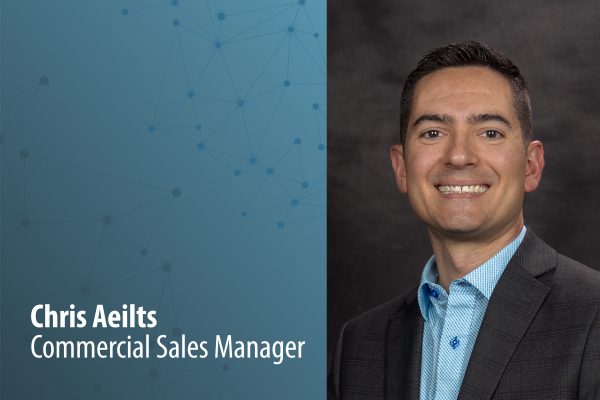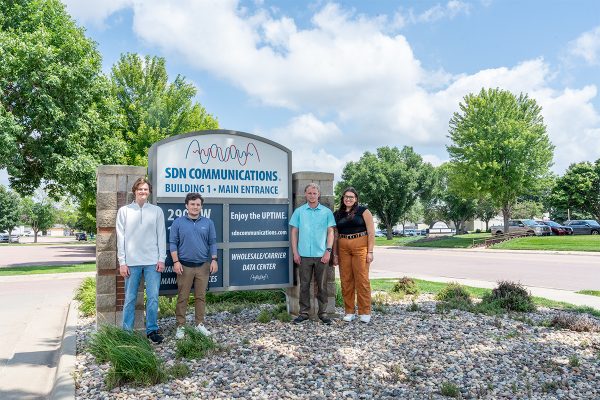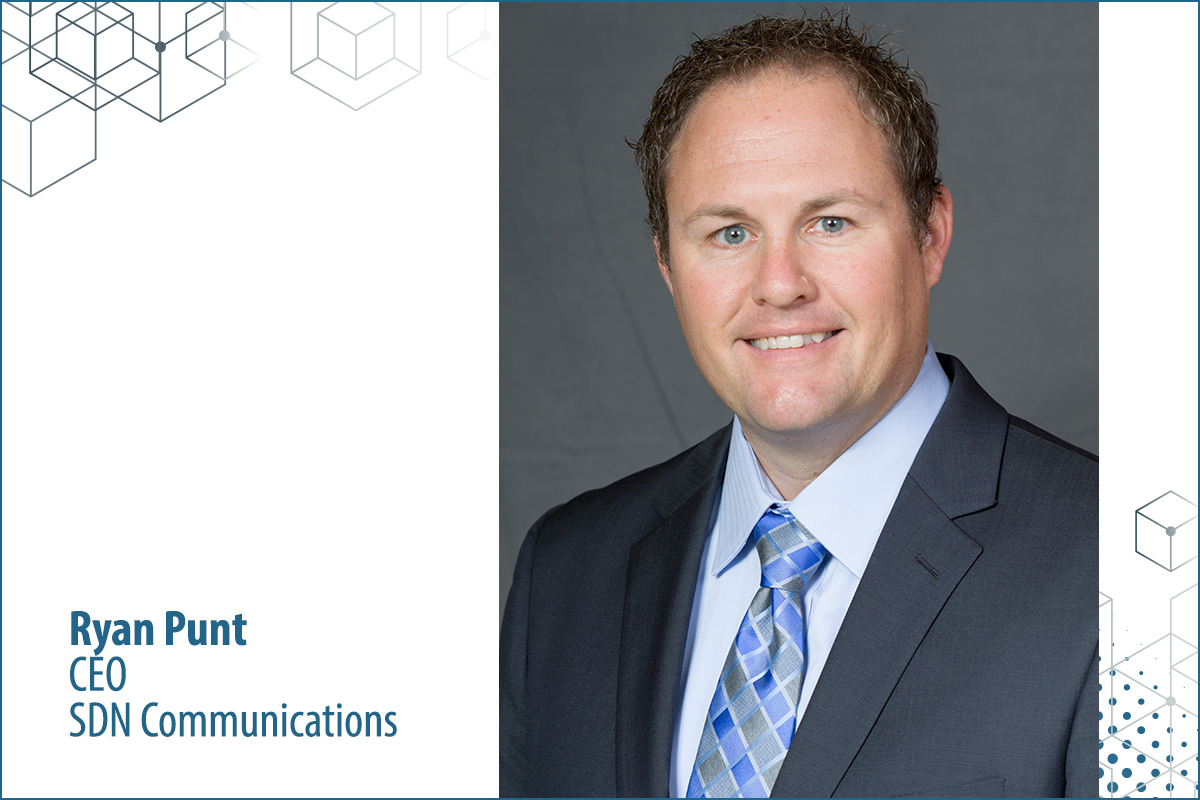
Ryan Punt didn’t always dream of a career in telecommunications.
The Stickney High School grad studied accounting his freshman year of college, at the urging of his parents. But it was the mid-1990s, and this thing called the internet was exploding around the world. Punt felt “the tug of the telecom space. I wanted to be a part of that.” So, he made the decision to leave accounting behind, earning an associate degree in telecommunications from Mitchell Technical College instead.
That decision led to a 25+ year career in telecommunications, hitting a high note in December when he was named CEO of SDN Communications.
“I’m extremely blessed and full of gratitude to lead such a wonderful group here at SDN and across the telecom industry in the state,” he said.
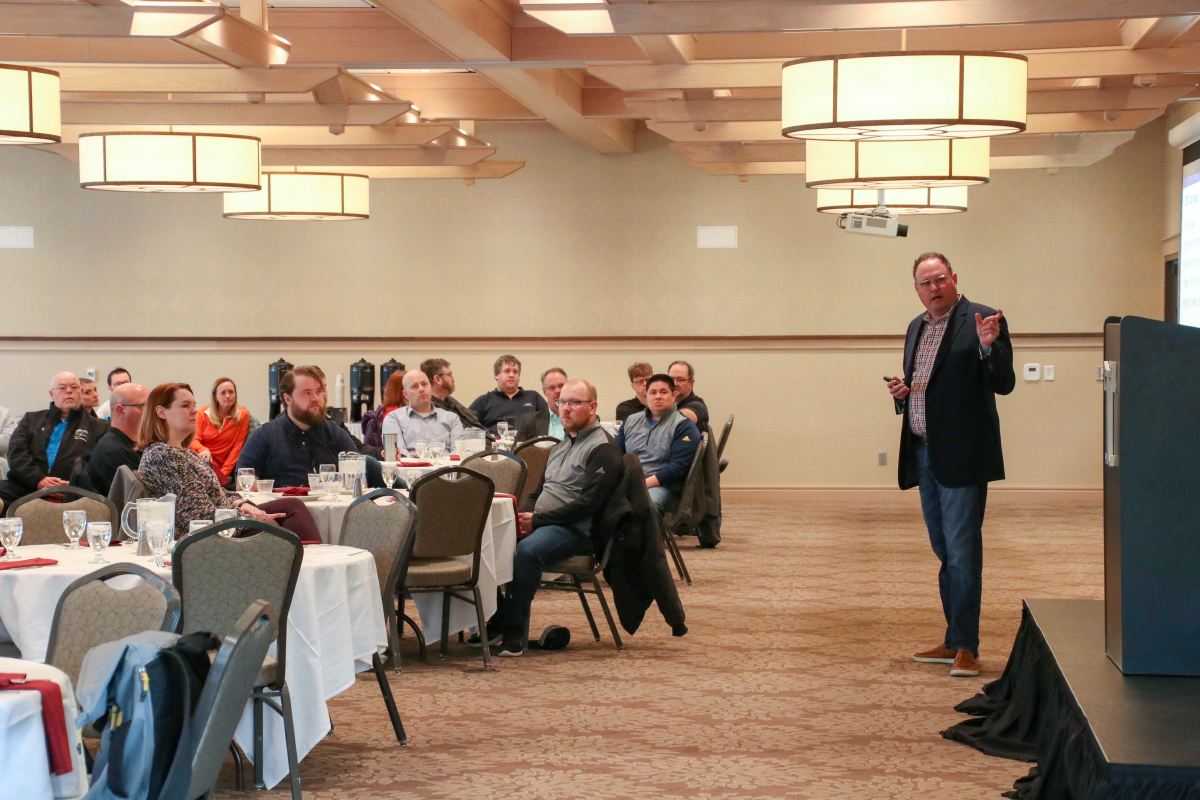
As SDN’s new CEO, Punt oversees 120 employees and a network of more than 50,000 miles of fiber in eight states. SDN’s 17 member companies serve more than 76% of South Dakota, touching 300 communities within and outside of South Dakota.
Punt’s journey to the corner office began soon after graduating from Mitchell Technical College in 1997, with his first telecommunications gig – business development commercial sales for Northern Valley Communications in Aberdeen. At the time, the company was owned by James Valley Telecommunications and Northern Electric Cooperative.
When Punt joined the company, dial-up internet was a brand-new service being offered to customers and things were changing fast.
“I really enjoyed the sales cycle, the sales environment, but I really enjoyed providing connectivity solutions that helped solve the business world’s problems," Punt says.
Because James Valley Telecommunications was and is a member company to SDN, Punt formed relationships with SDN staff over the years. He watched how the company grew and appreciated its focus on customer service, community and business development.
In 2006, he joined SDN as a network account executive, working with Sioux Falls area companies in healthcare, financial, manufacturing, agriculture, education, government and other industries. That position led to a place in SDN’s wholesale department, where he worked with national carriers like Verizon.
Wholesale is an important part of SDN's business, and the career move taught Punt a great deal about sales, telecommunications and the company.
“It was a growth opportunity for me … I could see how impactful it was to SDN and how protecting and growing this side of the business was really critical to SDN’s success,” he says.
In 2015, at the urging of then CEO Mark Shlanta, Punt stepped into the role of vice president of sales where he led sales strategy for the company.
Having a wide breadth of sales experience with SDN prepared Punt to take on the role of CEO following Shlanta’s retirement in December, but the transition didn’t play out how Punt and Shlanta had planned.
“Mark and I had a list,” Punt says - a list of ideas, thoughts and concepts for SDN that the pair wanted to explore. Punt had expected to have time to do that with his boss once Shlanta retired. But the two never got the opportunity to go through the list.
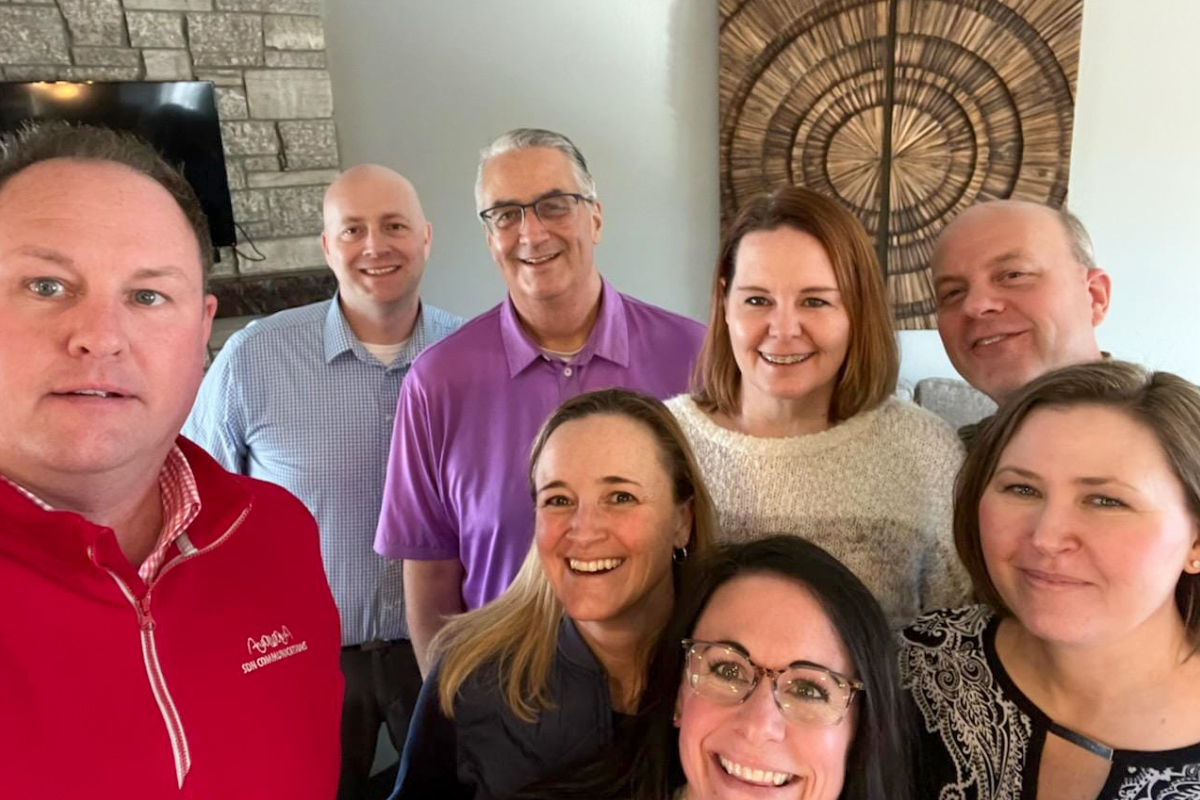
Shlanta died in early 2022, shortly after Punt took over as CEO. Shlanta’s passing left a huge hole in the heart of SDN, Punt says. There was never time for further mentoring or a look at that list, but Punt says that business aspect wasn’t the hardest part of his transition.
“The most challenging part has been the emotional element of losing a mentor and a friend,” he says.
Punt knew his employees were going through the same grieving process. To help, the company brought in grief counselors and took advantage of chaplains onsite through Corporate Care of the Sioux Empire.
“I wanted to make sure that everyone at SDN was taken care of and had the support to grieve and cope,” he says. “Just giving the staff ways to honor Mark.”
While Shlanta is painfully missed, everyone at SDN is working hard to honor his legacy, Punt says.
“We know who we are, and we know where we’re going. We’re a solid company thanks to Mark’s leadership,” he says.
Punt says Shlanta’s vision for the company is also his vision, but as the new CEO, he plans to take that vision and add some “Ryan enhancements.”
“Overall, who we are isn't going to change that much,” he says.
One area Punt plans to focus – the company’s new “pillars.” Adopted in January, the five pillars will be implemented in a strategic process moving forward, Punt says. The pillars are:
- People & Culture
- Member support
- Customer experience
- Diversification in growth
- Operational efficiencies
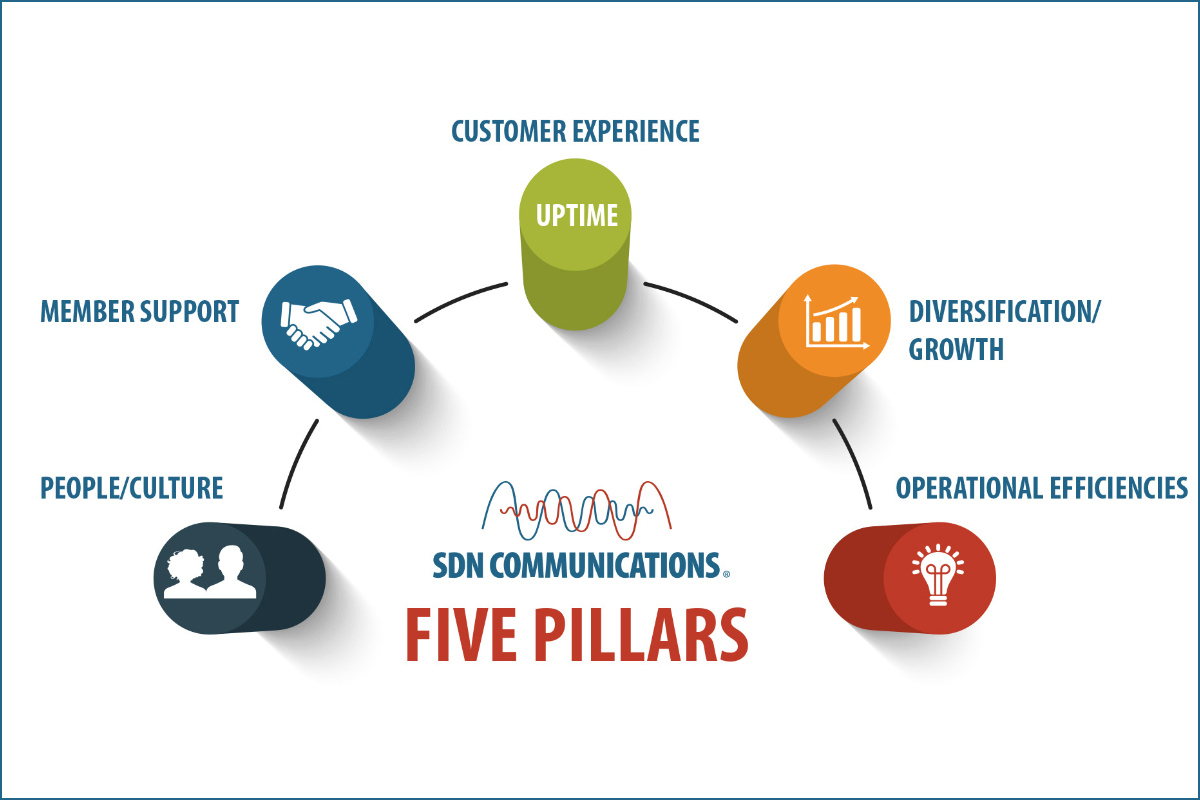
“We are always going to be talking about these five strategic pillars,” he says. “We want to be more strategic and focused in implementing them. They will help us take SDN successfully into the future.”
So, what kind of a future does Punt see for SDN and the telecom industry?
“In 10 years, every resident and every farm and ranch will have fiber in their location with unlimited speeds and capabilities,” Punt predicts.
As SDN and its member companies continue to add enhanced services to the residents of the state, Punt sees a future with more widespread use of autonomous vehicles, especially in the area of precision agriculture.
“I think these are going to be next,” he says. “And we will have the infrastructure to support that technology.”
With those kinds of advancements expected in the near future, it’s easy to understand how Punt maintains his excitement for the industry and the company. He could be leading SDN during some of the most innovative and exciting times in its history.
“SDN is such a great company, and this is a great industry,” he says. “I’m excited for what the future holds.”
SDN is a leader in providing direct Internet Access, Ethernet Transport Services, Wavelength, and managed services to businesses and organizations in communities such as Sioux Falls, Rapid City, Worthington, and across an eight-state region.

